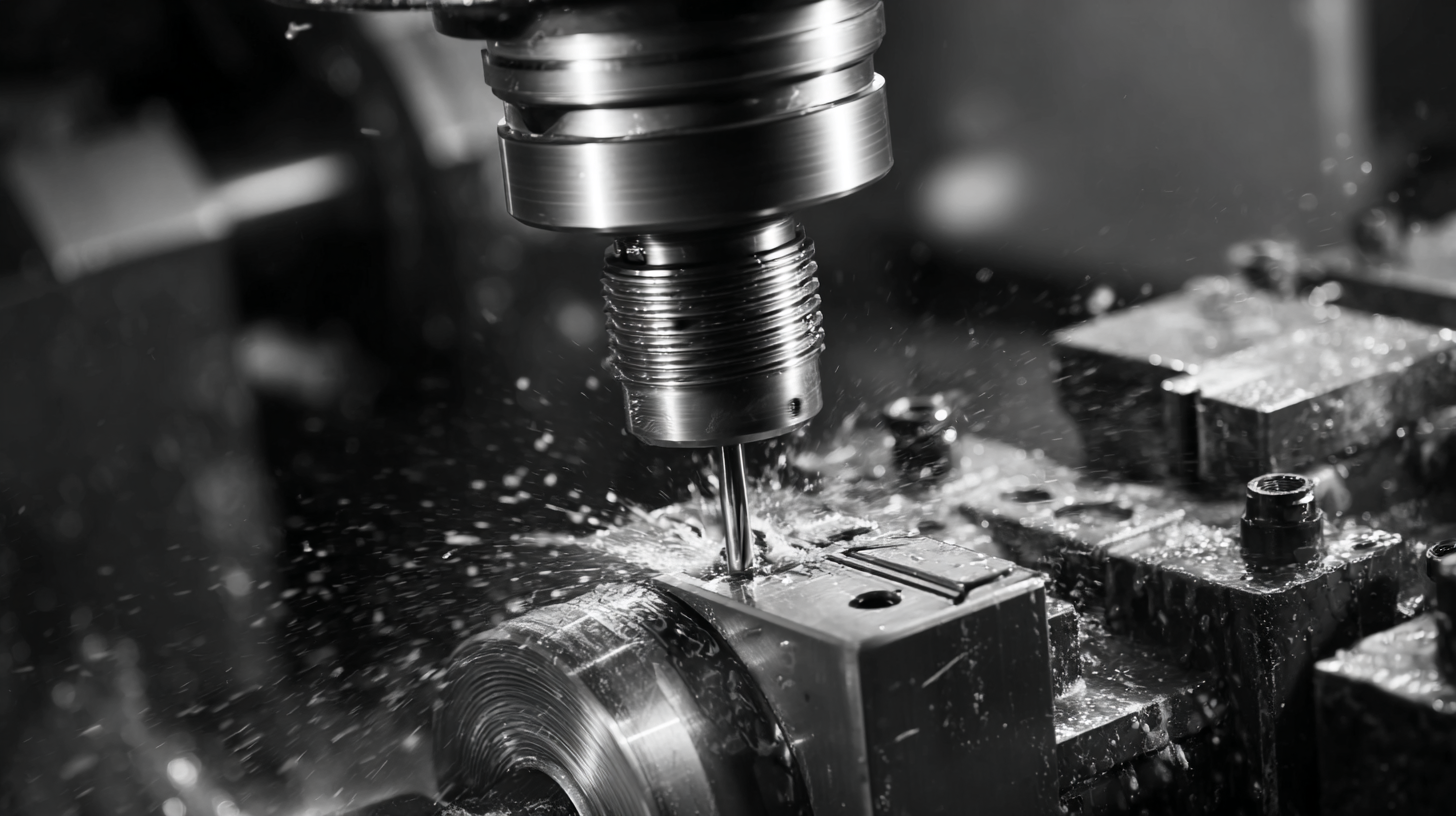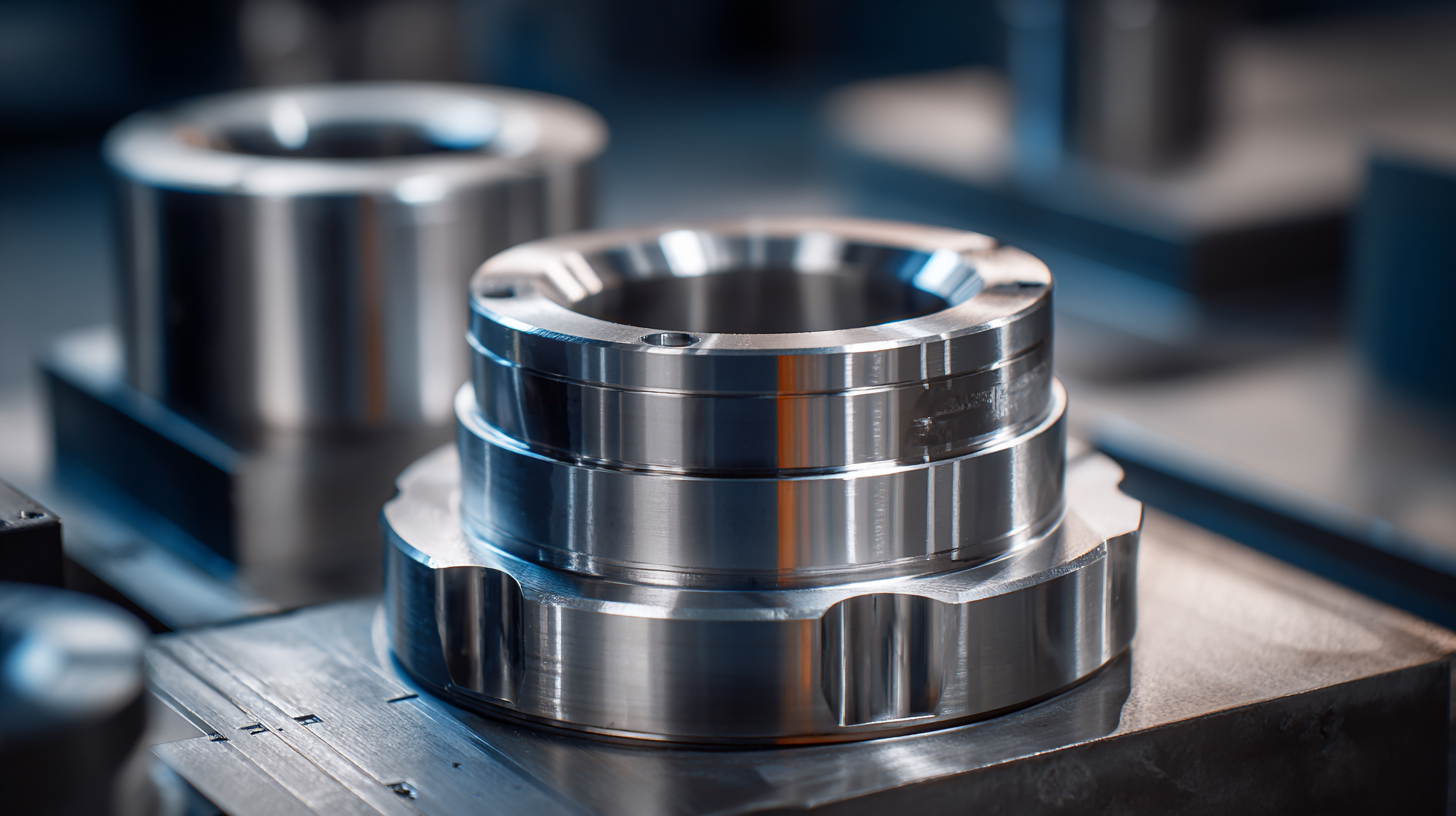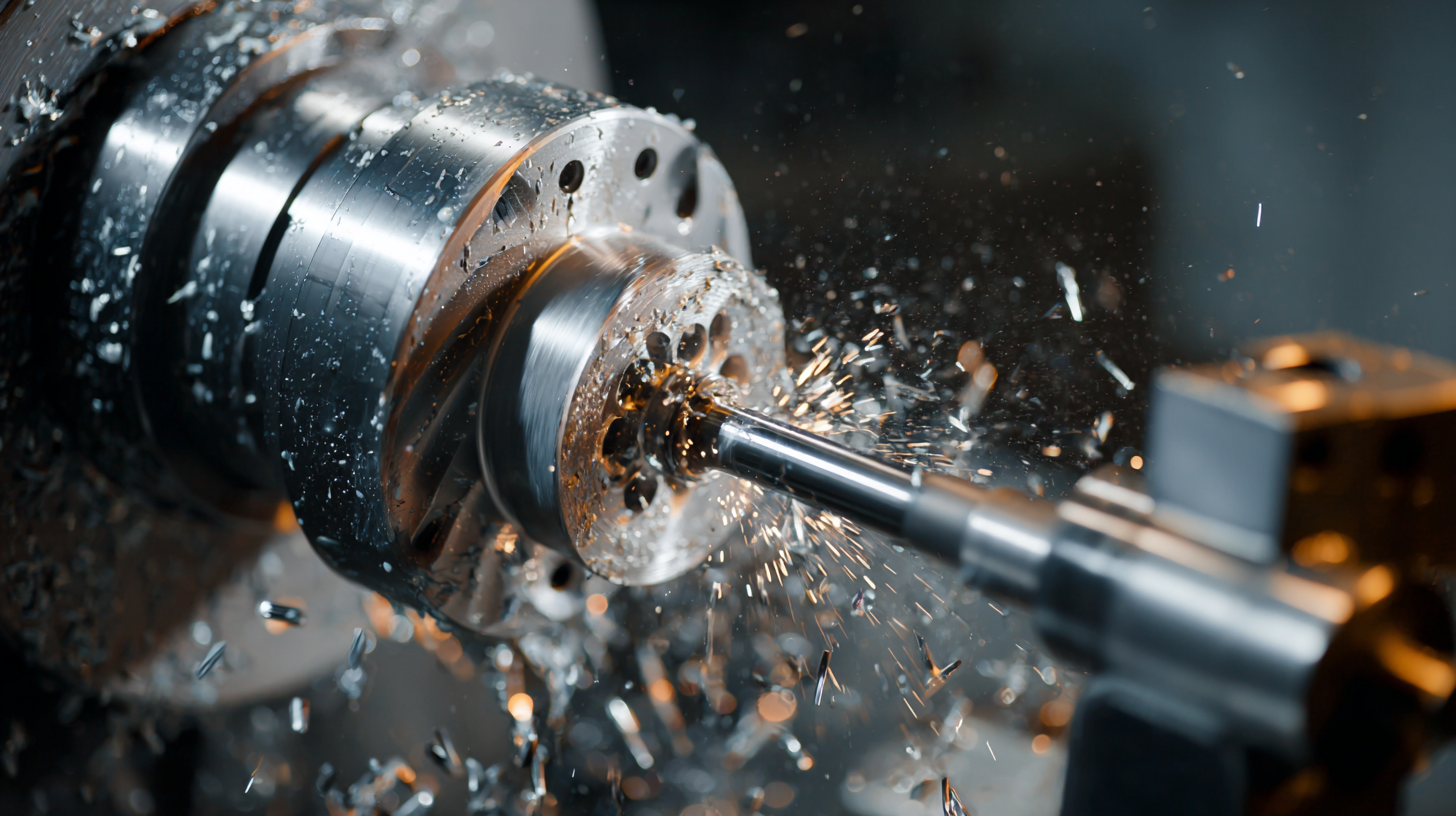In today's manufacturing landscape, the effectiveness of Machining Cutting techniques is paramount for optimizing productivity and ensuring high-quality output. According to a recent report by the International Journal of Advanced Manufacturing Technology, approximately 20% of manufacturing costs can be attributed to inefficient cutting processes. As industries strive for greater precision and cost-effectiveness, implementing innovative cutting strategies becomes increasingly essential. Research from the Manufacturing Institute indicates that adopting advanced machining technologies can improve production efficiency by up to 30%, highlighting a significant opportunity for businesses to enhance their manufacturing capabilities. This blog explores various solutions and strategies for optimal machining cutting, aiming to equip manufacturers with the knowledge to refine their operations and achieve competitive advantages in an ever-evolving market.

Innovative cutting tool technologies are revolutionizing the machining industry, significantly enhancing efficiency and precision. According to a report by MarketsandMarkets, the global cutting tools market is expected to reach $30 billion by 2025, driven by increasing manufacturing activities and advancements in materials. Developments in coated cutting tools, such as carbide and high-speed steel, enable higher wear resistance and improved performance, allowing manufacturers to achieve tighter tolerances and better surface finishes.
Additionally, the implementation of smart cutting tools, embedded with IoT technologies, is transforming traditional machining processes. These tools can provide real-time data analytics, enabling predictive maintenance and reducing downtime. A study from Technavio indicates that the adoption of smart manufacturing practices, including advanced cutting tool technologies, could lead to efficiency improvements of up to 25% in machining operations. With the right cutting tool strategies in place, manufacturers can not only boost their production rates but also optimize resource utilization, paving the way for more sustainable machining practices.
This chart illustrates the effectiveness of different machining cutting techniques and strategies in terms of efficiency percentage. High-speed cutting is shown to be the most effective method, followed closely by laser cutting, while traditional methods have a notable efficiency as well.
In the realm of manufacturing, optimizing cutting parameters is pivotal for enhancing efficiency and product quality. Recent studies, such as those from the Machining Technology Association, indicate that a 10% improvement in cutting speed can lead to a 20% increase in productivity. By leveraging data-driven approaches, professionals can fine-tune parameters like feed rates, tool angles, and cutting depths, resulting in reduced cycle times and minimized tool wear.
**Tip:** Implementing machine learning algorithms can help in predicting optimal settings based on historical performance data. Utilizing software tools that analyze vast datasets can reveal patterns that traditional methods may overlook, thus enabling precise adjustments to cutting parameters.
Moreover, the integration of real-time monitoring technology in machining processes has demonstrated significant improvements in performance metrics. According to a report by the International Journal of Advanced Manufacturing Technology, companies that adapt data analytics for real-time adjustments can reduce scrap rates by up to 30%. This proactive management allows manufacturers to respond swiftly to any deviations, ensuring quality is maintained throughout the production process.
**Tip:** Invest in sensors that monitor cutting conditions. This data can be invaluable for adjusting parameters on-the-fly, ensuring that operations are both efficient and aligned with desired quality standards.
| Machining Process | Cutting Speed (m/min) | Feed Rate (mm/rev) | Depth of Cut (mm) | Material Removal Rate (cm³/min) | Surface Roughness (µm) |
|---|---|---|---|---|---|
| Turning | 150 | 0.1 | 2 | 300 | 1.5 |
| Milling | 100 | 0.15 | 3 | 400 | 2.0 |
| Drilling | 90 | 0.2 | 5 | 250 | 1.2 |
| Grinding | 80 | 0.05 | 1 | 150 | 0.5 |
When it comes to machining, selecting the right cutting techniques for different materials is crucial for optimal results. Each material, whether it be steel, aluminum, or plastic, has its unique characteristics that determine the appropriate cutting parameters. It's essential to understand these properties, as they affect the tool life, surface finish, and overall efficiency of the machining process.
**Tip 1:** When machining harder materials like steel, use carbide tooling to withstand higher temperatures and wear. Adjust your cutting speed and feed rate accordingly to prevent tool breakage, and consider using coolant to reduce heat buildup, ensuring a longer tool life.
**Tip 2:** For softer materials like aluminum, high-speed steel (HSS) tools can be effective. Utilize a higher feed rate and cutting speed to enhance productivity, while keeping an eye on chip formation. Employing the right type of lubricant can help facilitate smoother cuts and improve surface finish.
By adapting these techniques to the specific materials you are working with, you can maximize efficiency while achieving the desired quality in your machining projects.

In the competitive landscape of manufacturing, reducing tool wear while extending machining longevity is critical for optimizing production efficiency and minimizing costs. Recent studies indicate that tool wear can significantly impact the overall machinability of materials. For instance, a report from the Machinery Research Institute highlights that over 30% of production downtime is attributed to tool failure, emphasizing the necessity for effective wear-reduction strategies.
To combat tool wear, one effective technique is the use of advanced cutting fluids. According to a study published by the Journal of Manufacturing Science, the implementation of high-performance cutting fluids can reduce tool wear by up to 50%, significantly enhancing the longevity of cutting tools. Additionally, selecting the appropriate cutting parameters, such as optimal cutting speed and feed rate, plays a crucial role in minimizing wear. Research shows that adjusting these variables based on the material being machined can lead to a 20% improvement in tool life.
Moreover, integrating modern technologies such as real-time monitoring systems allows manufacturers to analyze wear patterns and adjust machining strategies proactively. According to a survey conducted by the Manufacturing Technology Association, facilities employing such systems report a 25% reduction in tool replacement frequency. By embracing these strategies, manufacturers not only extend the life of their tools but also improve their overall machining performance, maximizing productivity while controlling costs.

In the ever-evolving landscape of machining, leveraging digital twins for real-time monitoring and optimization has emerged as a game-changing strategy. A study by Deloitte highlights that manufacturers using digital twin technology can increase their production efficiency by up to 30%. This virtual representation of physical processes allows operators to simulate and predict outcomes, thereby making informed decisions that enhance machining performance. By continuously tracking parameters such as temperature, pressure, and tool wear in real time, businesses can proactively address issues before they escalate, ultimately reducing downtime and improving product quality.
**Tip:** Implementing a robust data acquisition system is essential for effective digital twin integration. Ensure all relevant machining variables are monitored, allowing for accurate simulation and enhanced decision-making capabilities.
Furthermore, the integration of digital twins with IoT devices has seen significant growth. According to a report by McKinsey, the combination of these technologies can lead to a 10-25% reduction in operational costs. By employing predictive analytics, manufacturers can optimize cutting techniques and devise better strategies that result in increased tool life and improved surface finish.
**Tip:** Invest in training for employees on utilizing digital twin technology and data analytics to maximize its benefits. Empowering teams with the right skills can drive innovation and efficiency in machining processes.
